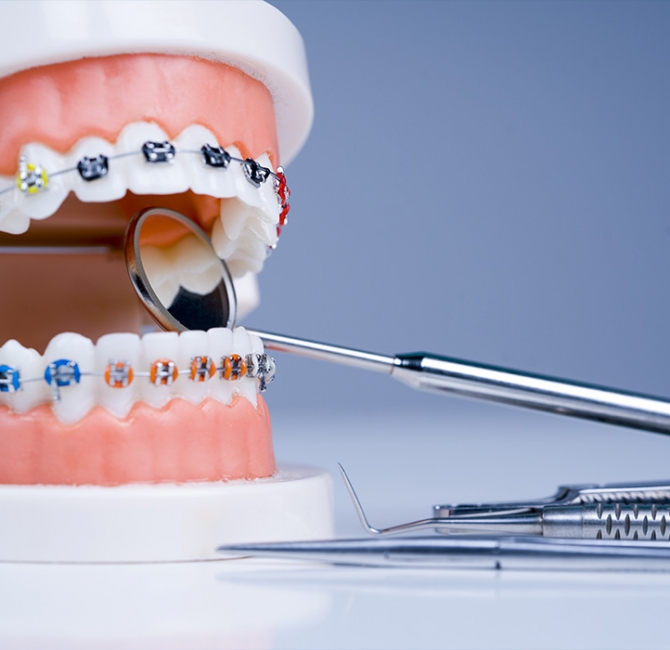Although the prevalence of gingivitis can be similar to or greater than dental caries during childhood, gingivitis has received much less attention in understanding the long-term impact chronic periodontal inflammation in childhood may have on the overall health of the periodontium throughout life.
This best practice document gives an overview of the American Academy of Periodontology (AAP) classification of periodontal and peri-implant diseases and conditions, and emphasizes the important role oral health professionals have in diagnosing, treating and/or referring pediatric clients as well as those who are medically compromised or with special health care needs.
The three major determinants of periodontal health include:
- Microbiological determinants (e.g., supragingival and subgingival biofilm composition)
- Host determinants (e.g., local predetermining factors, such as periodontal pockets, dental restorations, and crowding; and systemic modifying factors, such as host immune function, systemic health, and genetics)
- Environmental determinants (e.g., smoking, medications, stress, nutrition)
Gingival diseases are categorized as dental plaque biofilm-induced gingivitis or non-dental plaque-induced gingival diseases. Periodontal disease can be grouped as periodontitis, necrotizing periodontitis, and periodontitis as a manifestation of systemic conditions.
This document recommends oral health care providers perform an assessment of periodontal status as part of all routine visits with pediatric clients. In addition, probing should be initiated once permanent first molars are fully erupted, since bleeding on probing remains the best parameter to monitor gingival health or inflammation long-term. Early diagnosis is key for successful treatment of periodontal diseases, as is subsequently reducing etiological factors, establishing appropriate therapeutic measures, and developing an effective maintenance protocol.
Click here to download the article.



